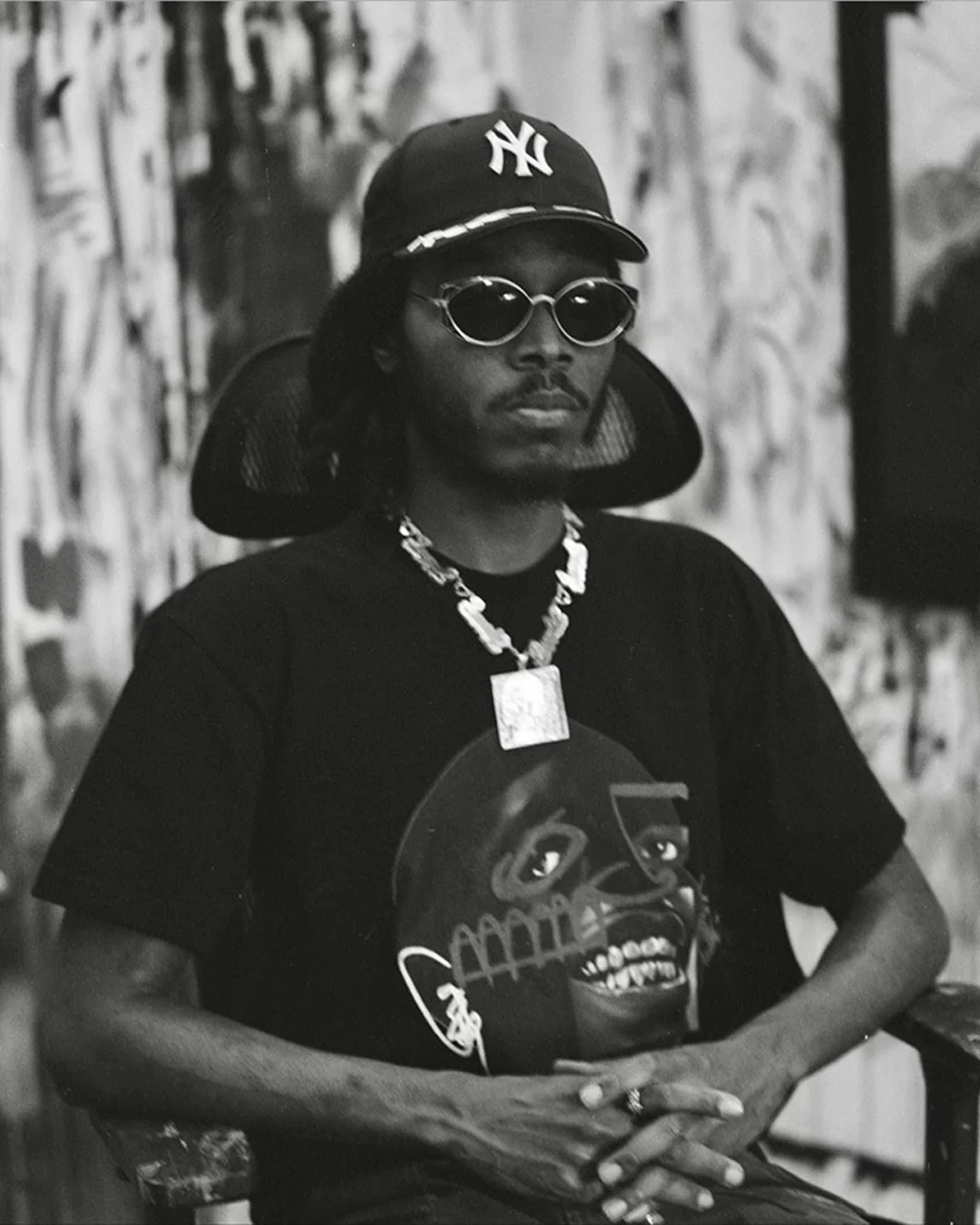Malik
roberts
PAINTER & MULTIMEDIA ARTIST
Malik Roberts (b. 1990, Brooklyn, NY) is a multidisciplinary artist whose practice spans painting, photography, and design. Of Guyanese and Trinidadian heritage, Roberts grew up moving between New York and Atlanta, experiences that deeply shaped his cultural and aesthetic lens. His signature “Cubo-Prismism” style blends Cubist structure with prismatic abstraction, confronting themes of identity, media, and human nature.
Roberts’ work has been exhibited internationally, including solo shows in New York, Los Angeles, London, and beyond, with pieces now residing in private and institutional collections, including the Vatican’s private collection. He has collaborated with leading global brands such as Nike, Adidas, Hennessy, and Camus Cognac, and his client list includes figures such as Adrien Brody, Lena Waithe, and Cynthia Erivo.
SOLO Exhibitions
“The Double Up” — D’Stassi Art, London (2024)
“To Suffer A Lick”— Allouche Gallery, Soho, New York (2023)
“Glory | In Blk” — Allouche Gallery, Soho, New York (2020)
“Blk & Blue” — ABXY, L.E.S , New York (2018)
“Stolen” — ABXY, L.E.S , New York (2017)
Group Exhibitions & Fairs (Selected)
2024
Summer Show — Allouche Gallery, New York, NY (group show)
2023
COURTSIDE 2 — Arch Enemy Arts, Philadelphia, PA (group show)
2021
4 in LA — Allouche Gallery, Los Angeles, CA (pop-up group exhibition with Malik Roberts, Bast, Paul Insect, Stickymonger) hypeart.com
2020
Group Exhibition — ABXY Gallery, New York, NY (group show, also involved in multiple invited exhibitions)
2019
(after)care — No Longer Empty, Kings County Memorial Hospital, Brooklyn, NY (group exhibition)
AEA Courtside — Arch Enemy Arts, Philadelphia, PA (group exhibition)
2018
ON AIR — Nike Air Gallery, Brooklyn, NY (group exhibition)
Scholas Ocurrentes Benefit Auction — United Nations Global Headquarters, New York, NY (group/exhibition event)
American Express Diversity Mixer — Rooftop 760, Manhattan, NY (group event/exhibition)
Filling in the Blanks Benefit Auction — Glen Arbor Golf Club, Bedford, NY (group event/exhibition)
2017
NOW WE HERE — ABXY Gallery, Lower East Side, New York, NY (group exhibition, alongside solo “Stolen”)
Art in Motion — Monticello Motor Club, Monticello, NY (group exhibition)
Selected Collaborations
Nike – Custom artwork & activations
Adidas – Campaign collaborations
Hennessy – Commissioned works
Camus Cognac –Limited Edition Bottle/Box | Brand Ambassador
Porsche – Custom-painted Turbo 911 (London, 2024)







